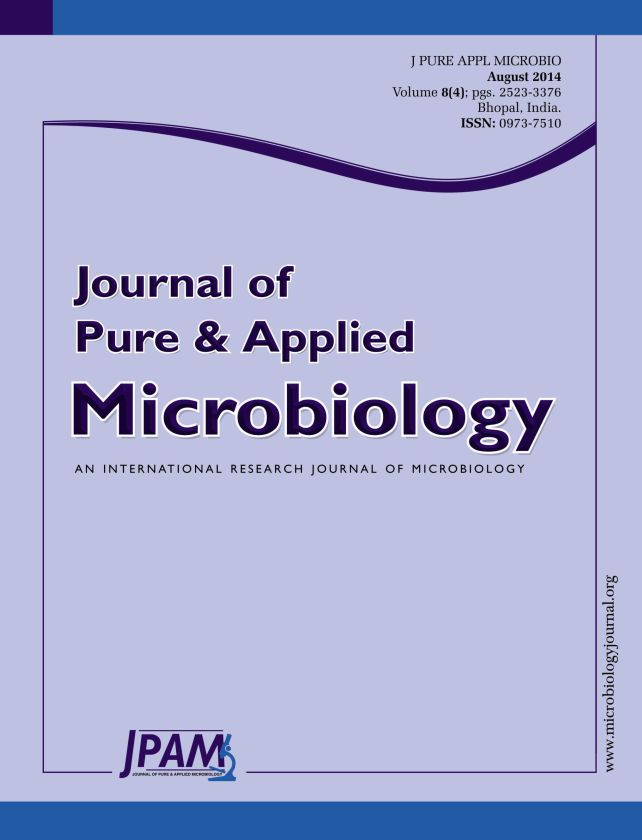In the present study, 33 soil samples were collected from Longyan City, Fujian Province, and 23 strains with the capability to produce Dhase (D-hydantoinase) and Dcase (D-decarbamoylase) were screened. In addition, one strain with excellent growth status and high substrate-converting efficiency was selected by morphological observation, and physiological and biochemical identification to explore the optimal fermentation process of D-hydroxyphenyl glycine (D-HPG) as the original strain. Experimental results showed that industrial glucose and corn syrup are the most suitable carbon and nitrogen sources of the starting strain fermentation, respectively. Plackett-Burman design in response surface methodology was used to explore the effects of eight factors on fermentation efficiency. On the basis of Box-Behnken design, the optimal fermentation process of the strain include inoculum size of 3%(v/v), industrial glucose concentration of 30 g/L, corn syrup concentration of 10 g/L, inducer (DL-p-hydroxyphenylhydantoin, DL-HPH) amount of 3.0 g/L, liquid volume of 50 mL/250 mL, pH 6.0, fermentation temperature of 32.8 °C and fermentation time of 60 h. Among these factors, induction agent, fermentation pH and fermentation temperature revealed the most important impact on D-HPG fermentation, and significant effect on fermentation efficiency. Under optimal fermentation conditions, the yield of D-HPG could reach up to 0.262 g/L, which is better than or close to the strains reported at home and abroad for the production of D-HPG through fermentation. In our study, the fermentation medium is relatively cheap, and the operation is relatively simple and easy to control, which will provide the reference or theoretical basis for industrial production of D-HPG.
D-acetic acid urease, D-off carbamoyl hydrolase, D-hydroxyphenyl glycine; Aeruginosa, Response surface methodology, Optimization
© The Author(s) 2014. Open Access. This article is distributed under the terms of the Creative Commons Attribution 4.0 International License which permits unrestricted use, sharing, distribution, and reproduction in any medium, provided you give appropriate credit to the original author(s) and the source, provide a link to the Creative Commons license, and indicate if changes were made.


